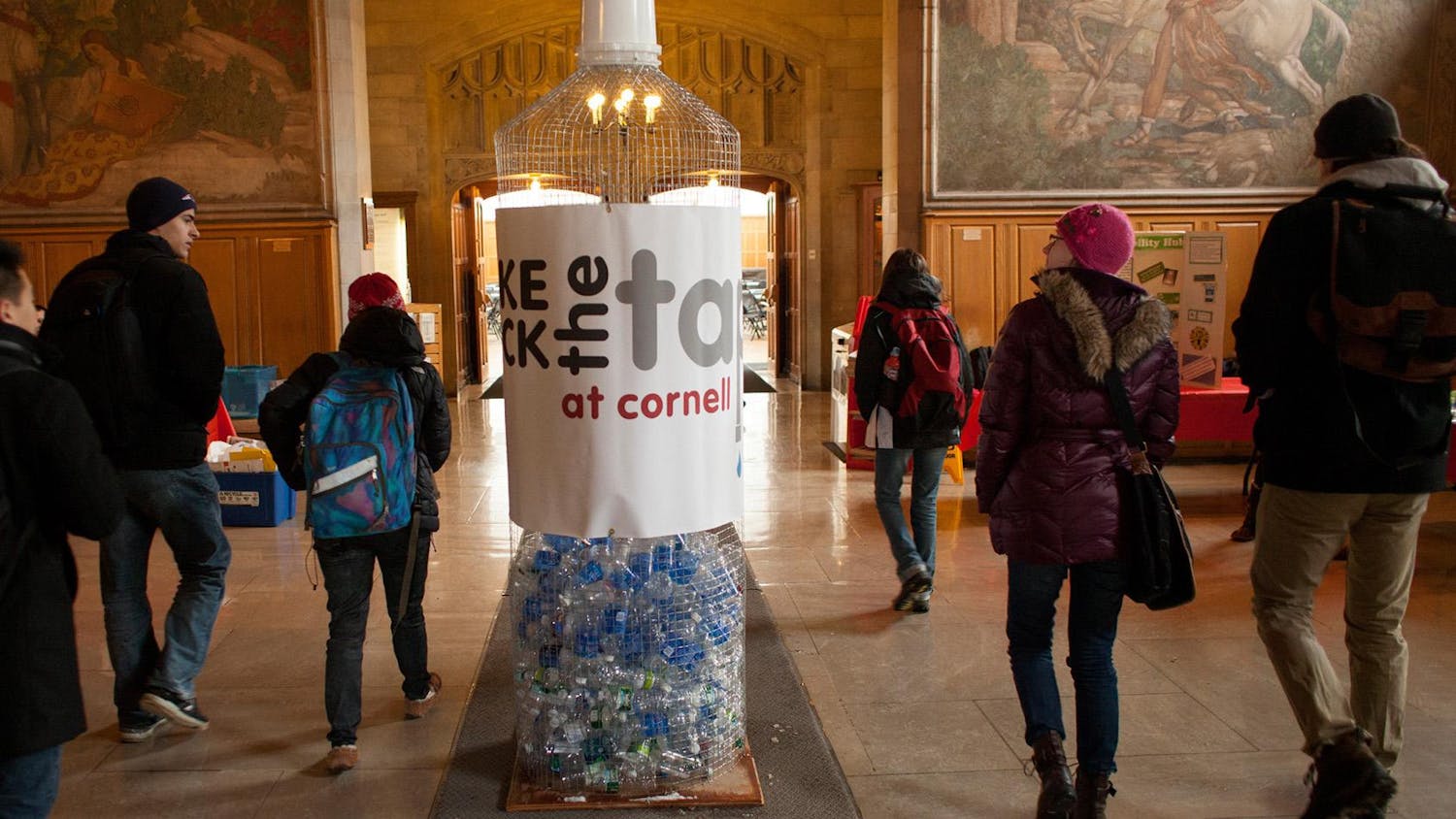The University will be upgrading its central heating plant to an efficient, cost-effective and environmentally friendly combined heat and power system. This project will entail adding two gas turbine generators to the current central heating plant.
According to Edward Wilson, manager of the central heating and chilled water plants, there will be a 15,000 square feet addition to the backside of the building located along Route 366. This addition includes "two highly efficient state of the art combustion turbines each with its own heat recovery steam generator. Each [turbine] generates approximately 15,000 kilowatts of electrical power," Wilson said.
What makes the combined heat and power (CHP) system efficient is the exhaust heat leaving the engines will be used to create steam for the campus. The steam will be sent to campus through the turbines to generate additional electricity. The exhaust steam will then be used to heat buildings on campus.
James Adams, director of utilities and energy management, said that "it takes roughly 3 units of energy in the form of heat in a power plant to produce one unit of useful electricity. The other two are thrown away. In our case, we will be doing it much more efficiently because it will capture the heat coming off from these engines."
According to Wilson, the new units will provide additional steaming capability and the bulk of the electricity which the University will otherwise purchase from the New York State Electric and Gas Corporation, which provides the electrical grid.
CHP also reduces carbon dioxide emissions, making it an environmentally friendly initiative because it will reduce the amount of coal being burned each year. Currently, the University burns approximately 65,000 tons of coal per year but with CHP will reduce the figure by 30 to 50 percent.
"[This] equals to 8,260 cars per year," said Katrina Pielli, program manager of the EPA Combined Heat and Power Partnership.
This reduction will allow the University to meet with some of the guidelines of the Kyoto Protocol.
Another benefit of CHP is increased reliability. Wilson stressed the importance of reliability because the central heating plant is the only source of heat for 150 buildings.
"We expect that in an electric outage in the area, we will be able to separate from the grid and operate Cornell as an island and provide all of the electrical needs for Cornell and stay operating as an institution on a campus facility," Wilson said.
Joseph Schwartz, a public information officer at University communications, has taken a tour of the plant and said that "the University never wants to be dependent on one time of fuel just in case there's a shortage.
Heating Plant to Be Upgraded
Reading time: about 2 minutes
Read More










